Proper sanitation within cannabis cultivation and processing facilities is key to meeting industry safety standards. The problems and solutions are complex throughout the process… from the grow rooms to drying and trimming, extraction, and infusing into edibles. The fast-changing industry demands, continually push the limits of cannabis manufacturing teams.
Five Sanitation Challenges Cannabis Cultivation and Processing Teams Face
1 - The High Cost of Crop and Product Loss
The daily sanitation of cannabis growing and processing facilities is technically challenging. Losses can easily reach $1,000,000+ when pathogen control and GMP (Good Manufacturing Practices) are not followed. The process of growing cannabis creates and environment, in which pathogens can easily be introduced, multiply and cross contaminate areas. Poor sanitation causes mold and bacteria to flourish, destroying crops and products in process. Losses occur when the use of SSOPs, verification of cleaning and documentation protocols are not followed.
2 - Failure to implement SSOPs (Sanitation STandard Operations Procedures)
SSOPs are critical to maintaining the sanitation in your cannabis production facilities. Too often, cannabis facilities are operating under outdated sanitation protocols, or at times no sanitation protocols. Proper SSops can eliminate contamination by pathogens, which can cause consumer illnesses and the loss of high cost crops.
3 - Inconsistent Hygiene Practices
Cross contamination by improperly trained and unsupervised employees creates an environment for the spread of pathogens in cannabis facilities. When GMPs are not followed, such as the changing of outer garment/foot wear when working between grow rooms and processing areas, pathogens easily spread.
4 - Correct Selection of Sanitation Chemicals
Many teams have not properly selected chemical solutions for their entire facility. Sanitation chemicals must be carefully selected for each step/area of the process. Understanding that grow rooms may require multiple different chemicals for the walls, floors or growing contact surfaces is critical. Quat based solutions can work well in grow rooms, while alcohol solutions can be effective on trimming tools. Chemicals that are fragrance free must be required, as odors can be absorbed intro plants/products.
5 - Maintaining STaffing Levels for Sanitation
At times, event the best in house sanitation teams just do not have enough cleaners to perform the daily sanitation. Tight labor markets, employee turnover, vacations, and illness only make the plant sanitation that much harder.

